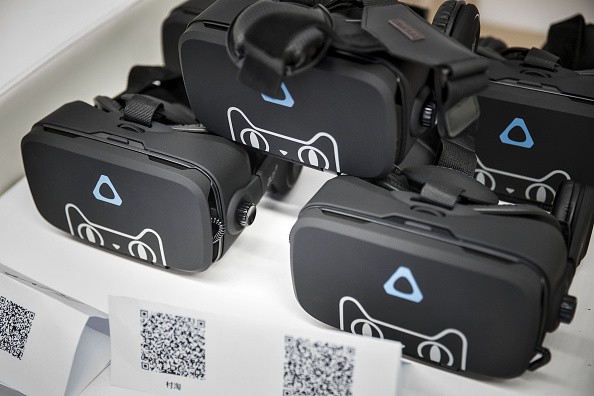Baofeng Mojing, a VR hardware manufacturer of Baofeng Technology Co Limited, launched the "Matrix." This is a brand new standalone VR head mounted display (HMD) that fulfills the three current major issues of VR devices. which are the demand for lighter weight, demand for high resolution and the decrease of feeling faint while using it.
The HMD is said to be equipped with 3k resolution in its built-in display. The company that manufactured it claimed that this is the lightest VR gadget that will be on the market. Its regular price is at 2,499 yuan, and there is no specific date that were announced about publicly shipping it.
The company also announced that it will be selecting 100 early adaptors who will receive the HMD for a hands-on trial with a discounted price of 1,999 yuan.
Feng Xin, the CEO of Baofeng, elaborated that VR will be used in different implementations such as tourism, education, automobile, real estate and sports in the next two years wherein standalone HMDs will become a best seller. He said: "VR will become commercialized and major vendors in the market will be making profits by 2017 to 2018. Domestic vendors, such as Xiaomi and Huawei, as well as major domestic internet companies and global players, like Facebook, will all be eager to participate and aim to grab a piece of the market shares."
Consumer VR devices sold on the market is divided into three major categories. These are the mobile VR like the Google Cardboard, the PC/Console driven VR like the HTC Vive, and the all-in-one known as the standalone Head Mount Display. Chinese vendors are inclined to invest in mobile VR and the HMD.
"According to the market analysis data monitored by the International Data Corporation, the shipments of VR devices in China is seen continually rising, and the technology bottlenecks, such as processing performance and battery life will restrain new vendors who are keen on investing in the standalone HMD market," said Nao Zheng, research manager at the company.
China's VR market revenues are expected to top 5.6 billion yuan this 2016, a 1.5 billion increase year-over-year, according to iResearch Consulting Group, an industry consultancy company. They also said that market revenues are expected to reach 55 billion yuan by 2020.



























